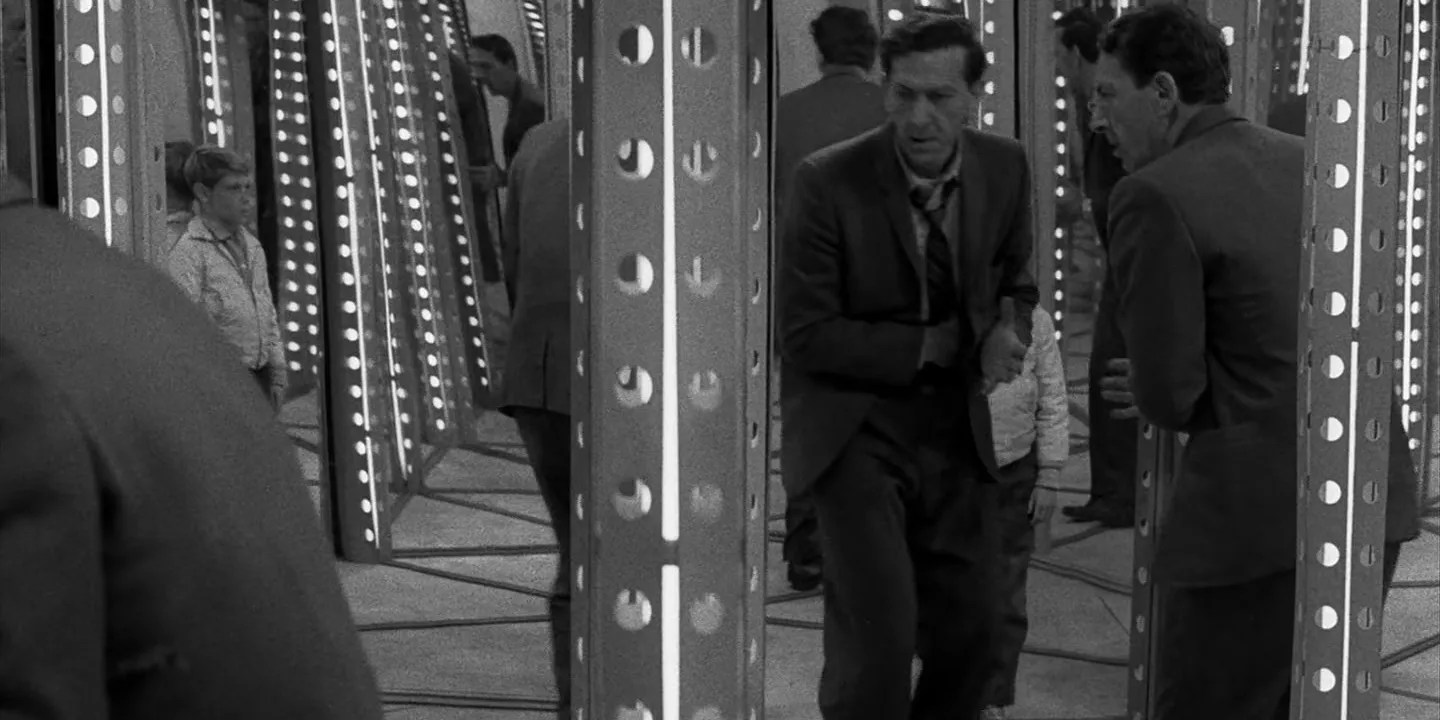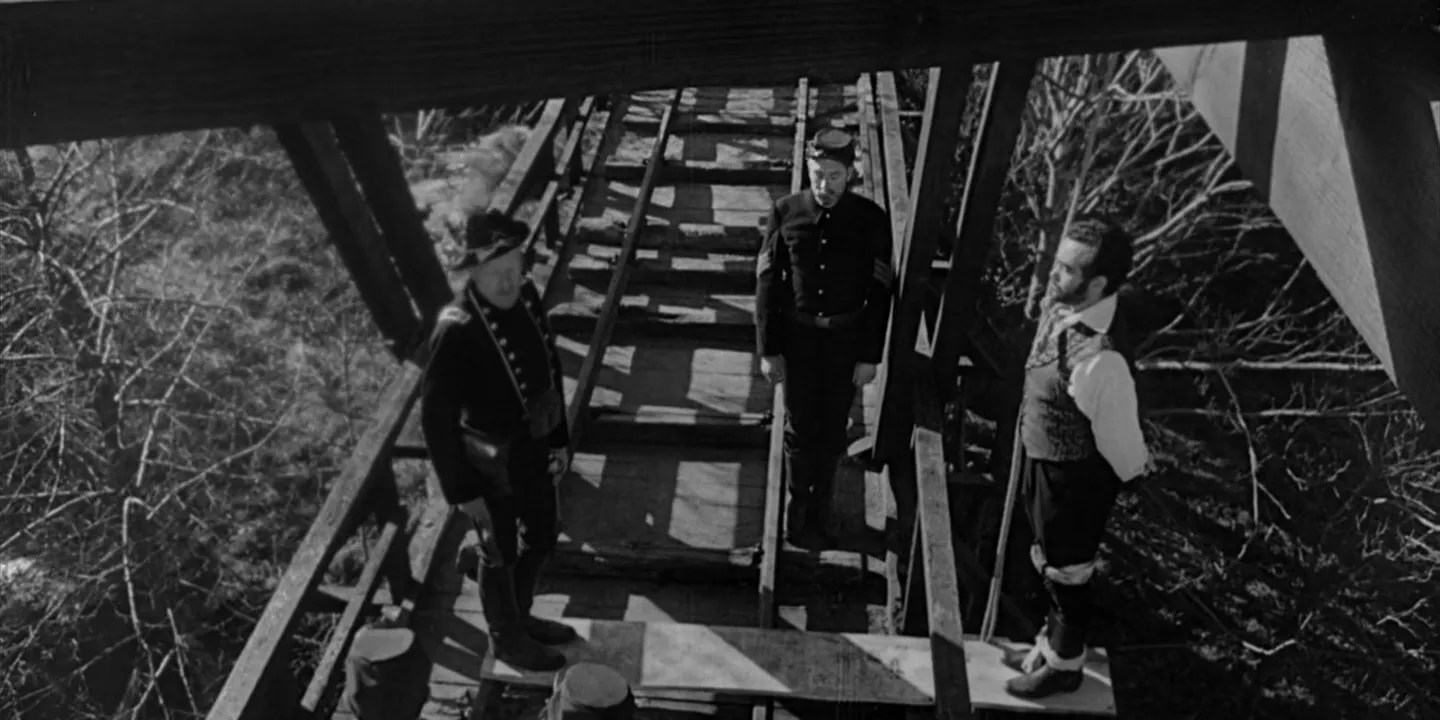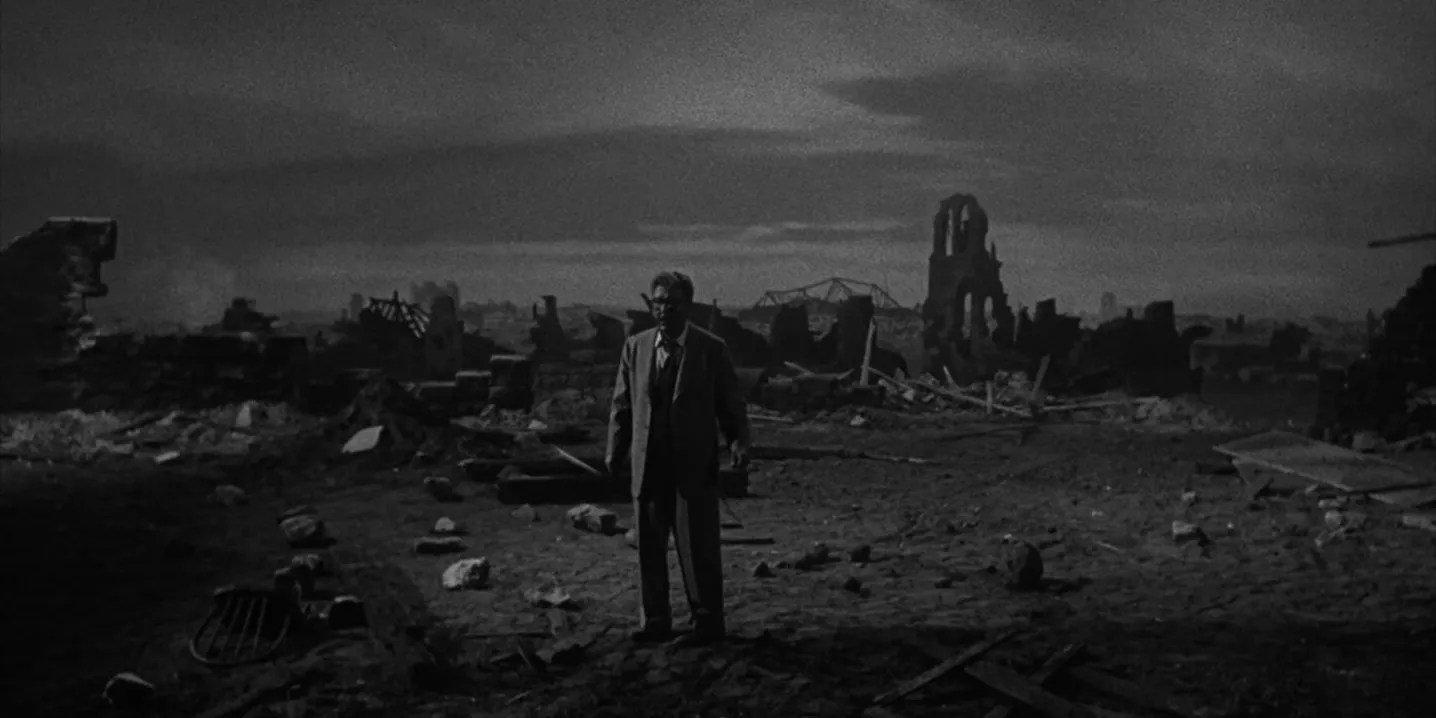Summary
Rod Serling’s original iteration ofThe Twilight Zoneran from 1959 to 1964 and is regarded as a milestone series in the history of the format.The Twilight Zonemade use of supernatural and science fiction devices to tell stories about normal people caught up in extraordinary situations: some scary, some funny, and some distressing.
Indeed, while Serling’s series is remembered forits twists and terrors, its frequently downbeat endings mean that it offers a ready supply of miserable moments. From poignant paternal sacrifice to thwarted robot love,The Twilight Zoneoffers all manner of heartbreak to those who are brave enough to enter.

1"In Praise Of Pip"
Season 5, Episode 1
The Twilight Zoneoften addressed contemporary concerns via metaphor, allowing it to take stances on divisive issues while avoiding corporate censorship. However, the series also dealt with some topics directly, such asthe human cost of the Vietnam Warin “In Praise Of Pip.”
After Max Philips learns that his son, Pip, has been fatally wounded in Vietnam, he undergoes a bizarre experience in which he encounters a younger version of Pip at a mysterious amusement park. Max reflects that he should have been a better father, and decides to put things right—no matter the personal cost. “In Praise Of Pip” is a moving portrait of a father’s redemption and desire to protect his son.

2"The Silence"
Season 2, Episode 25
Tennyson is a young man who responds to complaints about his constant talking by agreeing to a very unusual bet. If he can remain silent for a full year, a rich member of his club will give him half a million dollars. Tennyson desperately needs the cash: his wife is draining his bank account.
“The Silence” lacks the speculative elements typical ofThe Twilight Zone, instead feeling more likean episode ofAlfred Hitchcock Presents. However, despite this deviation from the norm, its ending is truly tragic and shows the lengths that Tennyson is willing to go to win his bet.

3"On Thursday We Leave For Home"
Season 4, Episode 16
The Twilight Zone’s format change in its fourth season (fewer, longer episodes were produced) cannot be said to have been entirely successful, but “On Thursday We Leave For Home” is worth a watch for its miserable ending. William Benteen isin charge of a crumbling colonyon an alien planet, but his people wish to return to Earth.
Benteen is obsessed with keeping the colonists on the planet, despite its harsh climate and frequent meteor storms. When a ship from Earth does arrive, Benteen is offered a chance to leave—but can he abandon the world he has built? “On Thursday We Leave For Home” may be a slow burn, but it’s one of the show’s gloomiest hours.

4"Number 12 Looks Just Like You"
Season 5, Episode 17
While “Eye of the Beholder” isThe Twilight Zone’s most famous take on the theme of physical conformity (andone of the show’s most famous twists), the subject is also explored in “Number 12 Looks Just Like You.” The episode envisions a world full of beautiful but identical people, created via mandatory plastic surgery. However, one young woman, Marilyn, fights to avoid this procedure.
Society tells Marilyn that she is mad. After all, who wouldn’t want to look effortlessly beautiful? However, Marilyn’s unsettling discoveries about her physically perfect neighbors only convince her that she is right to stay as she is—and make the episode’s ending all the more tragic. “Number 12 Looks Just Like You” is a timely tale of bodily autonomy in the face of impossible beauty standards.

5"Night Call"
Season 5, Episode 19
All those who enterThe Twilight Zonemust remember to heed this piece of advice: be careful what you wish for. Indeed, a misplaced word has the potential to turn a jockey into a giant or a power-hungry shopkeeper into Adolf Hitler. Sometimes, however, innocent demands are made in the heat of the moment with unforeseeable repercussions.
Elva Keene is an old woman who receiveshaunting phone calls in the dead of night. She pleads with the mysterious caller to stop, but when she discovers where the calls are coming from, she realizes the terrible mistake she has made. The climax of “Night Call” seems almost unfair, but Serling’s narration is unrepentant: Elva got what she asked for, and now must live with the consequences.

6"The Lonely"
Season 1, Episode 7
Long before David Cageblurred the line between humans and androidsinDetroit: Become Human, Rod Serling tackled similar themes in “The Lonely.” Corry is a murderer sentenced to spend five decades alone on a deserted asteroid. Supplies shipped from Earth keep him alive and entertained—particularly after he is given a robot resembling a beautiful woman to keep him company.
Corry falls in love with the robot, much to the disgust of his jailers. After a review of his case rules that Corry killed in self-defense, he is pardoned and plans to return to Earth. However, the realization that he must abandon his robotic lover on the asteroid causes Corry to have second thoughts. “The Lonely” examines the difference between man and machine, and ponders if this even matters.

7"Occurrence At Owl Creek Bridge"
Season 5, Episode 22
Plenty of episodes ofThe Twilight Zonewere inspired by short stories, but only one lifted footage from an existing short film in lieu of filming an original episode. “Occurrence At Owl Creek Bridge” was produced in 1961 asLa Rivière du hibouand won several awards. Three years later, Serling provided a special introduction when a dubbed and edited cut of the film was shown as part ofThe Twilight Zone.
Peyton Farquhar is due to beexecuted by Union troops, but dodges his fate when the rope snaps, allowing him to escape. He returns home to reunite with his wife and the two embrace. However, given that this is an (honorary) episode ofThe Twilight Zone, not everything is as it seems. Despite its unusual background, “Occurrence At Owl Creek Bridge” is an unforgettable story with a heartbreaking ending.

8"Time Enough At Last"
Season 1, Episode 8
Much has been written about “Time Enough At Last.” There is a consensus that the episode isone ofThe Twilight Zone’s finest moments, but it is also one of its most tragic. Walter Bemis loves to read, but his domineering wife is determined to put a stop to his hobby. When a nuclear strike levels his city, the bespectacled Bemis survives by chance.
With no one left to distract him, Bemis sets out to catch up on all the reading that he missed out on before the war. His joy is touching to witness; his downfall is upsetting. The episode’s closing moments show just how alone Bemis is in the ruined world, putting one of the show’s most likable characters through the emotional wringer.